Rising Demand for Smart Devices
The IoT Microcontroller Market is experiencing a notable surge in demand for smart devices across various sectors, including healthcare, automotive, and consumer electronics. This trend is driven by the increasing consumer preference for connected devices that enhance convenience and efficiency. According to recent data, the number of connected devices is projected to reach over 30 billion by 2030, indicating a robust growth trajectory. As more devices become interconnected, the need for efficient microcontrollers that can manage these devices effectively becomes paramount. This rising demand is likely to propel the IoT Microcontroller Market forward, as manufacturers strive to meet the evolving needs of consumers and businesses alike.
Growing Focus on Energy Efficiency
Energy efficiency has emerged as a critical consideration within the IoT Microcontroller Market, as consumers and businesses seek to reduce energy consumption and operational costs. Microcontrollers that offer low power consumption are in high demand, particularly in battery-operated devices. The market for energy-efficient microcontrollers is projected to grow significantly, with estimates suggesting a compound annual growth rate of over 10% in the coming years. This focus on energy efficiency not only aligns with global sustainability goals but also enhances the appeal of IoT devices to environmentally conscious consumers. Consequently, manufacturers are increasingly prioritizing energy-efficient designs in their microcontroller offerings.
Increased Investment in Smart Infrastructure
Investment in smart infrastructure is a key driver of growth within the IoT Microcontroller Market. Governments and private entities are increasingly allocating resources to develop smart cities, which rely heavily on interconnected devices and systems. This trend is evident in various initiatives aimed at enhancing urban living through technology, such as smart traffic management and energy-efficient buildings. The demand for microcontrollers that can support these applications is likely to rise as infrastructure projects expand. As a result, the IoT Microcontroller Market stands to benefit from this influx of investment, fostering innovation and the development of new solutions tailored to smart infrastructure needs.
Integration of Machine Learning Capabilities
The integration of machine learning capabilities into microcontrollers is transforming the IoT Microcontroller Market. This trend allows devices to process data locally, enabling faster decision-making and reducing the need for constant cloud connectivity. As machine learning algorithms become more sophisticated, microcontrollers equipped with these capabilities can perform complex tasks, such as predictive maintenance and anomaly detection. This shift is likely to enhance the functionality of IoT devices, making them more intelligent and responsive. The growing interest in machine learning applications is expected to drive demand for advanced microcontrollers, thereby propelling the IoT Microcontroller Market to new heights.
Advancements in Wireless Communication Technologies
The IoT Microcontroller Market is significantly influenced by advancements in wireless communication technologies, such as 5G and LPWAN. These technologies facilitate faster and more reliable data transmission, which is essential for the seamless operation of IoT devices. The implementation of 5G networks is expected to enhance the performance of IoT applications, allowing for real-time data processing and improved connectivity. As a result, microcontrollers that support these advanced communication protocols are becoming increasingly vital. The integration of such technologies is anticipated to drive innovation within the IoT Microcontroller Market, enabling the development of more sophisticated and capable devices.
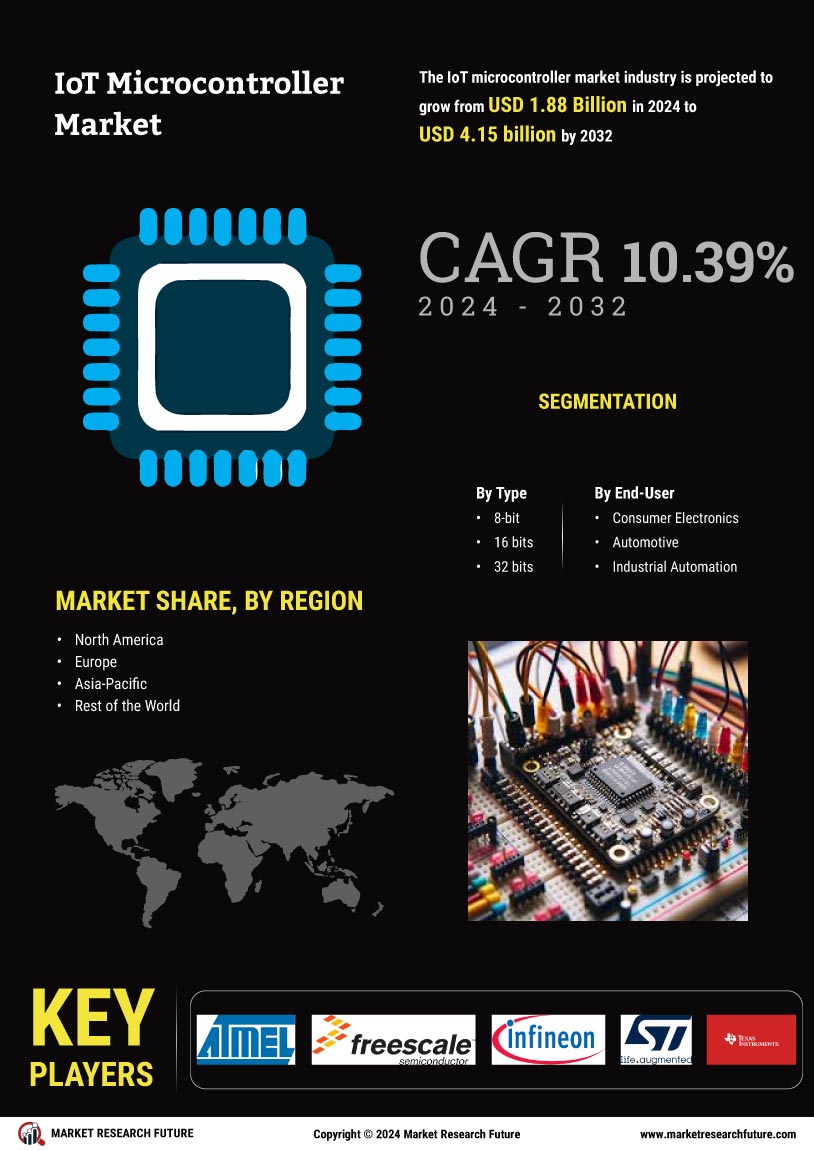
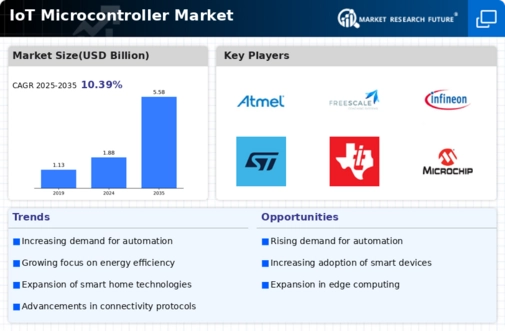
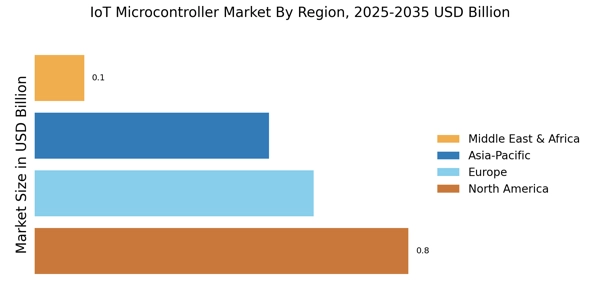
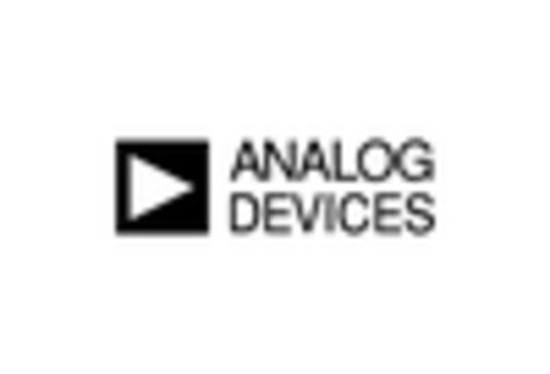

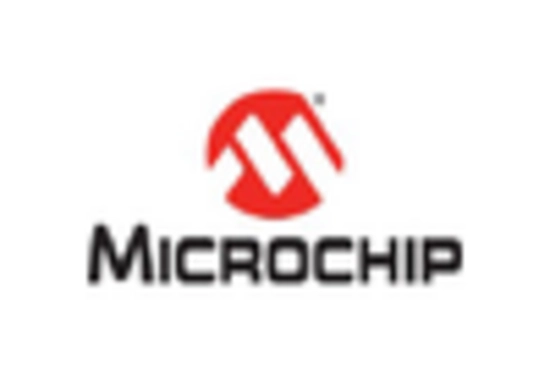
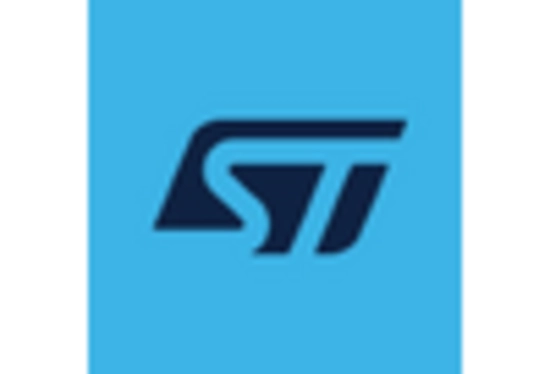









Leave a Comment